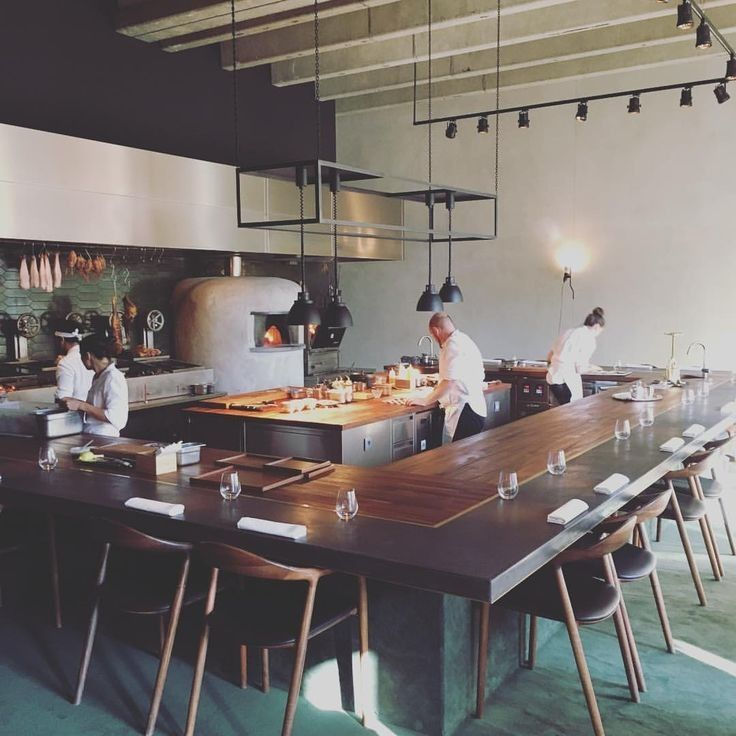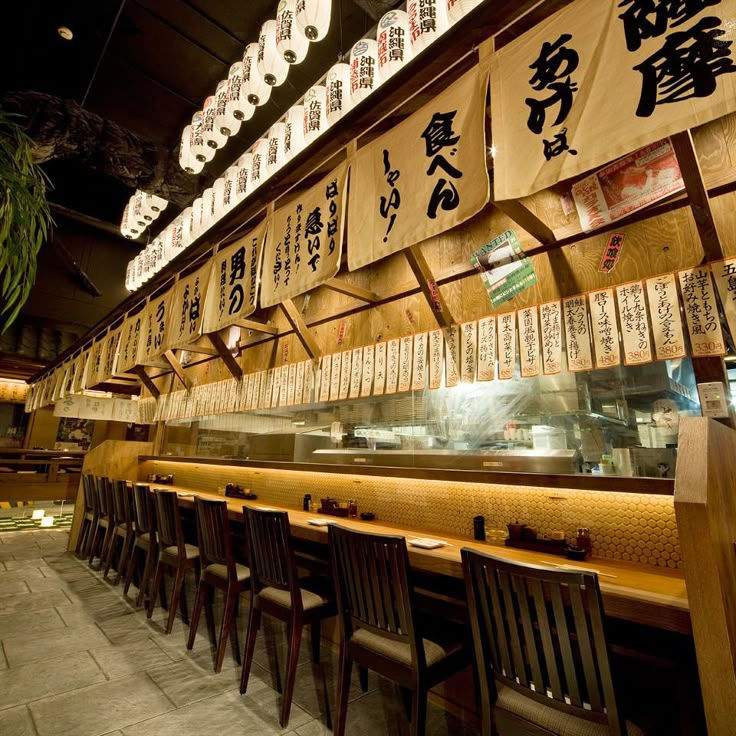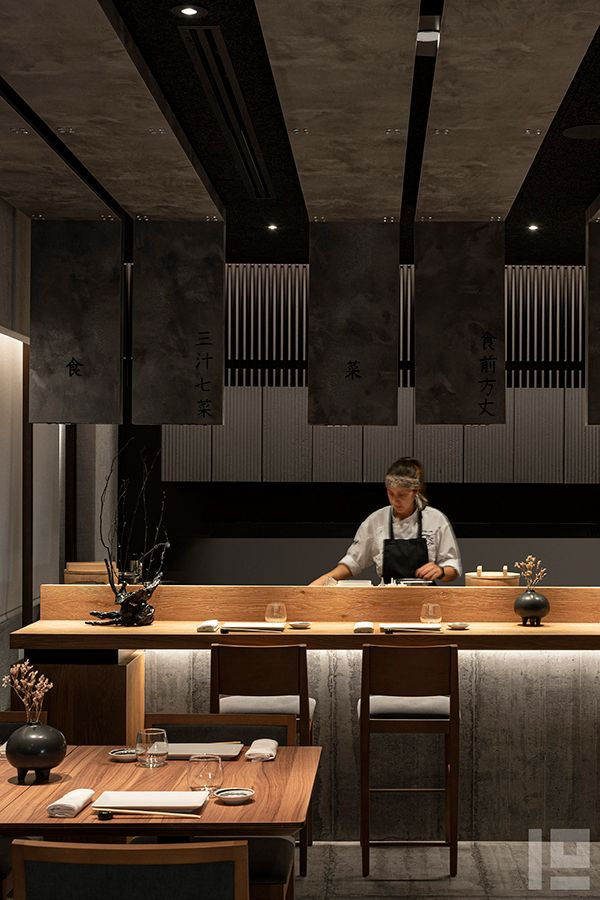Is it an open kitchen? Is it closed?
- kforest0911
- 4月20日
- 読了時間: 4分
更新日:5月5日
~The way the kitchen is presented changes the "trust" and "story" of the store~
When designing a restaurant, what to do with the style of the kitchen is a very important choice. Especially in Japanese restaurants, the "existence of a chef" may affect the brand value. So, when deploying in the United States, which one is the best?
🍣 Show kitchen: The charm of an open kitchen
In the United States, "open kitchen" is gaining popularity year by year. The reasons are as follows.
Live feeling: The realism of the craftsman ludging the fish and holding the sushi in front of you
Visualization of cleanliness: "Visualization" of hygiene management and careful work
Trust building: The psychological distance with customers is reduced, and a sense of closeness is created
Entertainment: The cooking process can also be enjoyed as a "show"
In est, dishes that shine with technology, such as sushi and tempura, are strengths as production elements.
🍲 Increase immersion: The strength of a closed kitchen
On the other hand, closed kitchens are also very popular. It is especially suitable for the following types of stores.
Kaiseki and kaiseki style with a sense of luxury
A store that emphasizes customer conversations and spatial tranquility
Cooking method with strong aroma and smoke (mainly grilled and fried food)
If the open kitchen is a "live stage", the closed one is "the back of the theater". It is a composition that allows you to enjoy only the "completion" of the work called cooking.
👘 How to convey Japaneseness? Choose from the perspective of
American people have respect as "Japan = craftsman culture". That's why **"How cooks work"** is a strong point of interest.
Sushi counter: Open type, easy to talk to and produce
Izakaya style: It is more lively to see the cooking scenery
Kaiseki and kappo: Suitable for closed because tranquility and margins are used
✅ The decisive factors are "brand design" and "motion line planning"
Which style to choose depends on the direction of the experience you provide.
Emphasis on entertainment, I want to show you cooking → Open kitchen
I want to create an extraordinary space, tranquility and immersion → Closed
And another important thing is the staff's movement and cleaning efficiency. An open kitchen that cannot maintain a balance between beauty and efficiency can make a bad impression.
🎯 Finally, "The kitchen is the stage of the cook and the beginning of the story of the restaurant."
When opening a Japanese restaurant in the United States, "how to show the kitchen" is branding itself. Who, with what thoughts, and with what skills are they delivering the food? Whether to **"attract" or "hide" ** is the choice of your story.
オープンキッチンか?クローズドか?
〜厨房の見せ方が、店の「信頼感」と「物語性」を変える〜
飲食店を設計する際、厨房のスタイルをどうするかは非常に重要な選択です。日本食レストランにおいては特に、「料理人の存在」がブランド価値を左右することもあります。では、アメリカで展開する場合、どちらがベストなのでしょうか?
🍣 見せる厨房:オープンキッチンの魅力
アメリカでは「オープンキッチン」が年々人気を集めています。その理由は以下の通りです。
ライブ感:目の前で職人が魚をさばき、寿司を握る臨場感
清潔感の可視化:衛生管理や作業の丁寧さを“見える化”
信頼構築:お客様との心理的距離が縮まり、親近感が生まれる
エンタメ性:料理過程も“ショー”として楽しめる
とくに寿司や天ぷらなど、技術が光る料理は演出要素としての強みになります。
🍲 没入感を高める:クローズドキッチンの強み
一方、クローズドキッチンも根強い人気があります。特に次のようなタイプの店舗に適しています。
高級感のある会席や懐石スタイル
お客様の会話や空間の静けさを重視する店
香りや煙が強い調理法(焼き物・揚げ物中心)
オープンキッチンが「ライブステージ」なら、クローズドは「劇場の裏側」。料理という作品の“完成”だけを楽しんでもらう構成です。
👘 日本らしさをどう伝えるか?の視点で選ぶ
アメリカの人々は「日本=職人文化」としてリスペクトを持っています。だからこそ、**「料理人がどう働いているか」**は強い関心ポイント。
寿司カウンター:オープン型で、声をかけやすく演出
居酒屋スタイル:調理風景が見える方が活気が伝わる
懐石や割烹:静けさと余白が活きるため、クローズド向き
✅ 決め手は“ブランド設計”と“動線計画”
どちらのスタイルを選ぶかは、提供する体験の方向性によって決まります。
エンタメ性重視・料理を見せたい → オープンキッチン
非日常の空間、静けさ・没入感を演出したい → クローズド
そしてもうひとつ大切なのは、スタッフの動線と清掃効率。美しさと効率のバランスが保てないオープンキッチンは、逆に印象を悪くすることもあります。
🎯 最後に:「厨房は、料理人の舞台であり、店のストーリーの始まり。」
アメリカで日本食レストランを開くとき、「厨房の見せ方」はブランディングそのもの。誰が、どんな想いで、どんな技で料理を届けているのか。それを**“魅せる”のか、“隠す”のか**は、あなたの物語の選択です。




コメント